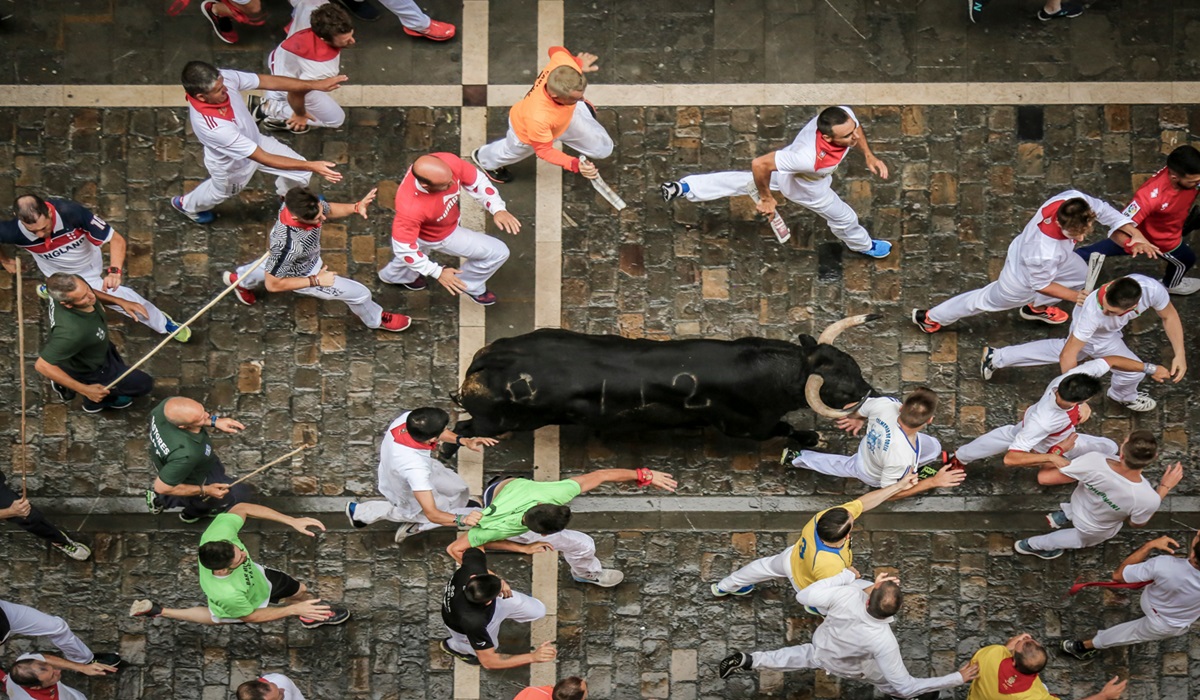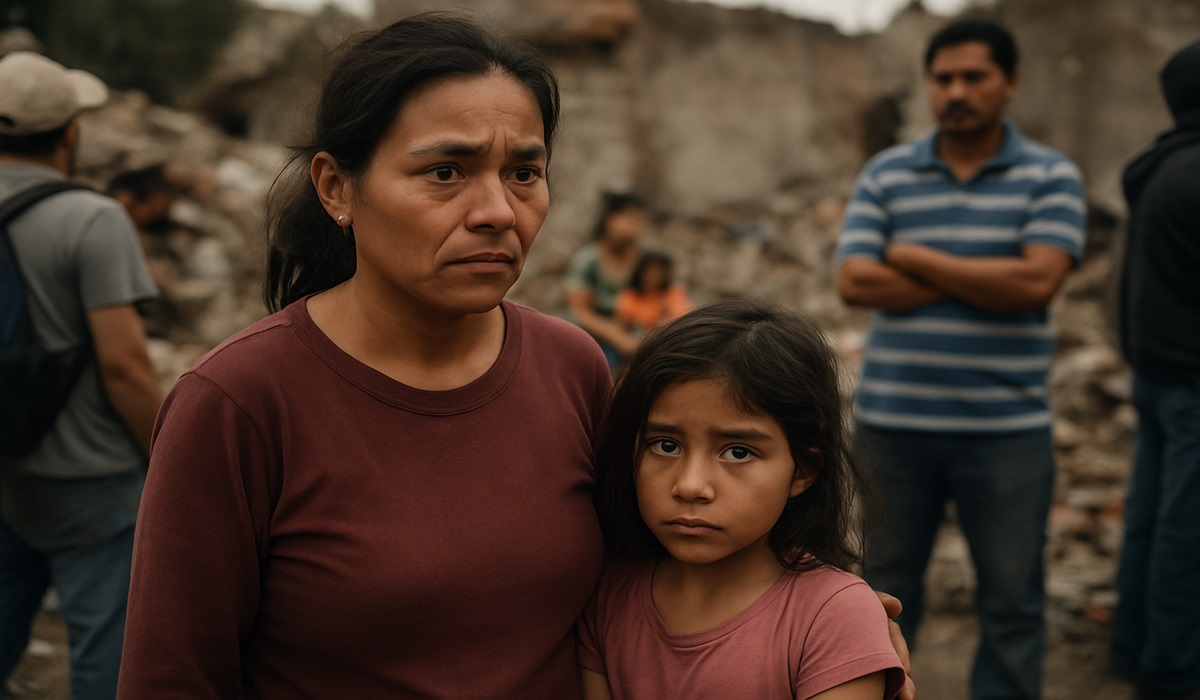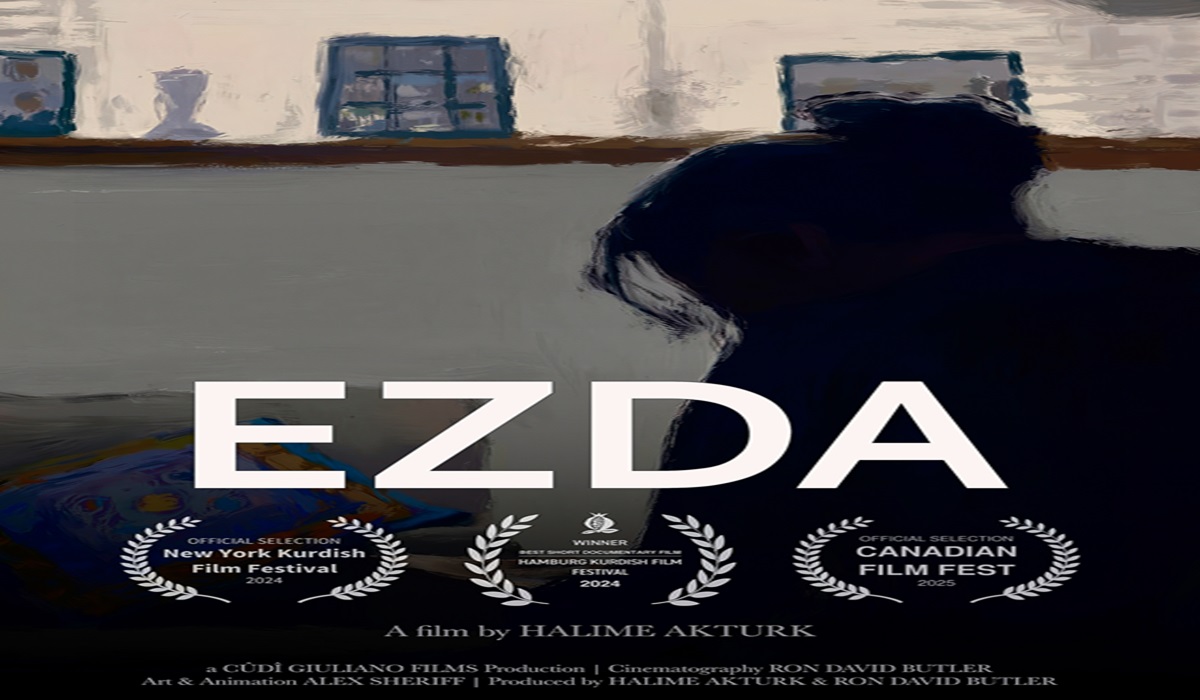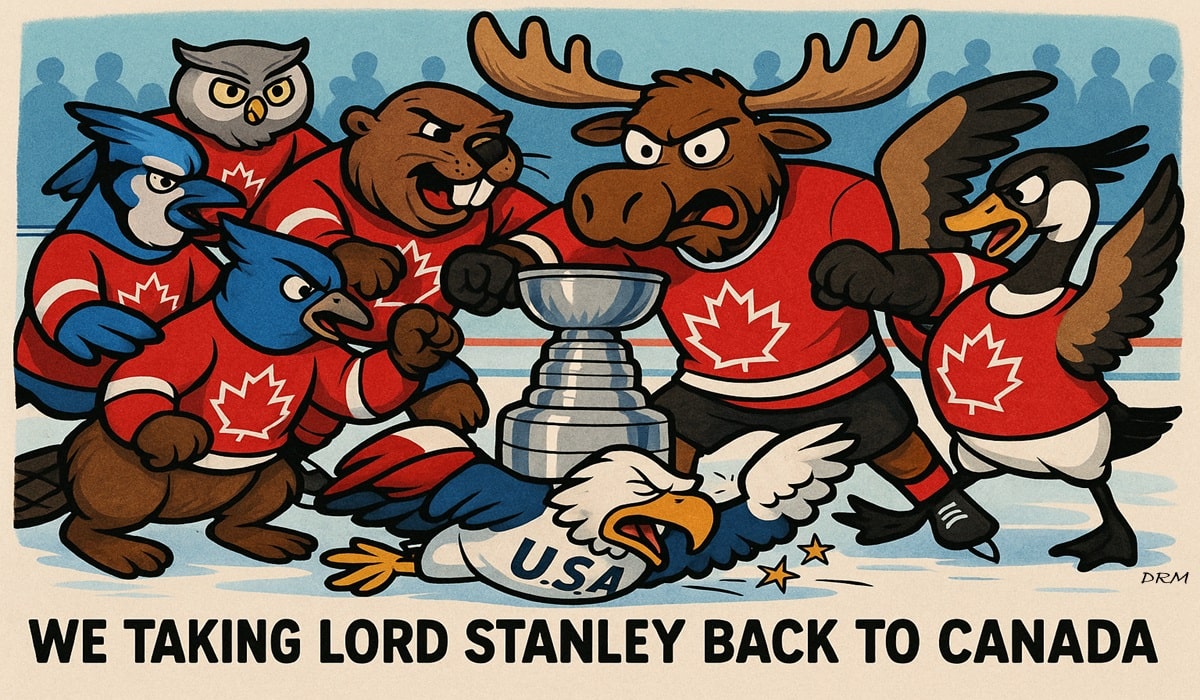The Tradition of “Bous al Carrer”: A Deep Dive into Valencia’s Bull Runs
- Manuel Ostos
- D.O.C Supplements - Trending News
- Europe
- Latin
- July 3, 2024

Image Credit, San Fermin Pamplona – Navarra
By: Manuel Ostos, retired journalist
Summer has arrived, and in Spain, more than fifty towns in the Valencia region will celebrate their traditional “bous al carrer” (bulls in the street) festival. This annual event features brave bulls released into the streets, where local youth engage with the animals in thrilling, high-stakes races.
Unlike the traditional bullfights in the arenas of major cities, where bulls are killed, the bulls in Valencia’s towns are not harmed. They are released into the streets and, after the festivities, return to their pens without suffering any injury. The absence of bloodshed is a significant departure from traditional bullfights, highlighting a more humane approach to the cultural event.
However, the safety of the bulls does not extend to the human participants. The young people, who provoke the bulls with flags and red canvas to incite them to run, often find themselves on the receiving end of the animals’ aggression. Despite the excitement and adrenaline, the bulls’ speed and power often lead to serious injuries among the runners. Last year, tragically, 25 young participants lost their lives, gored by the bulls.
During the festival, the streets become a stage for this dangerous dance between humans and animals. Adult men are prohibited from participating, and spectators watch from the safety of their homes or balconies. Music bands join the crowds on balconies, playing lively “pasodobles” to entertain and energize the atmosphere.
The question arises: why do these injuries occur if the bulls are not harmed? The danger lies in the unpredictability of the bulls. When a bull catches a runner, it can inflict fatal wounds with its horns. These injuries, often severe, cannot be adequately treated in the temporary infirmaries set up in the towns, leading to tragic outcomes.
The festival has only just begun this year, and the statistics on injuries and fatalities are yet to be compiled. By the end of August, reports will likely detail the extent of the harm suffered by young participants and possibly some adults who, despite the prohibition, take to the streets.
The tradition of human-animal confrontations is not unique to Spain. Historical evidence suggests that similar spectacles existed in ancient Greece. The legend of the Minotaur, born from Queen Pasiphae’s union with a bull sent by Poseidon, speaks to a long-standing fascination with the dangerous interplay between humans and bulls. The Minotaur’s fate, confined to a labyrinth where it devoured young Athenians annually, echoes the peril faced by participants in today’s “bous al carrer.”
Foreign tourists witnessing the festival often protest what they perceive as cruelty towards the bulls. However, once they learn that the bulls will return to their pens unharmed, their concerns shift to the human participants. The true risk lies with the young people, whose blood is the price of this enduring tradition.
The “bous al carrer” festival remains a poignant example of cultural heritage, blending excitement with danger and highlighting the complex relationship between humans and animals in traditional celebrations.








